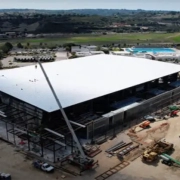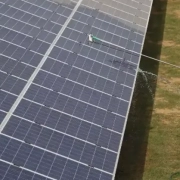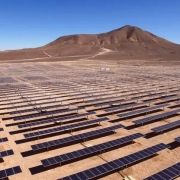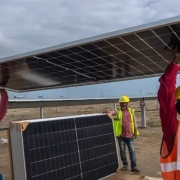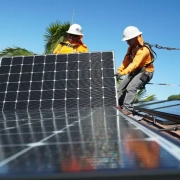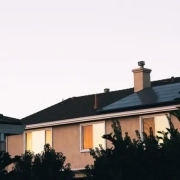Frontwave Arena, the new 7,500 capacity venue in North San Diego County, California, has inked a local partnership with Baker Electric, for a renewable energy project that includes a fully integrated rooftop solar system array with a large-scale battery energy storage system for the sports and entertainment venue, and has signed a power purchase agreement with DSD Renewables to use the renewable energy produced at the site.
“We are focusing on excellence in every aspect of development – from sustainable design to fan experience, from technology to community engagement,” said Josh Elias, COO of Frontwave Arena. “The solar installation is part of Frontwave Arena’s broader sustainability efforts to minimize the environmental impact of the arena. We have also committed to reducing water consumption, waste production and greenhouse gas emissions.”
Click here to read the full article
Source: Solar Power World
—
If you have any questions or thoughts about the topic, feel free to contact us here or leave a comment below.

